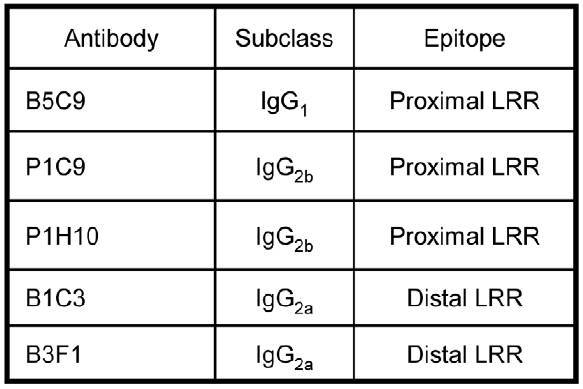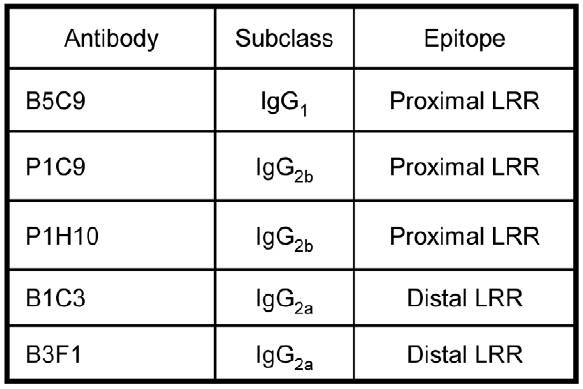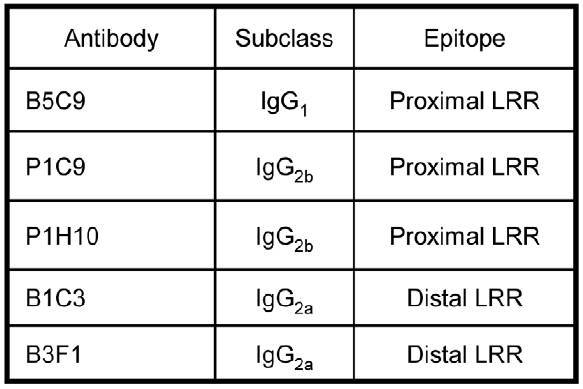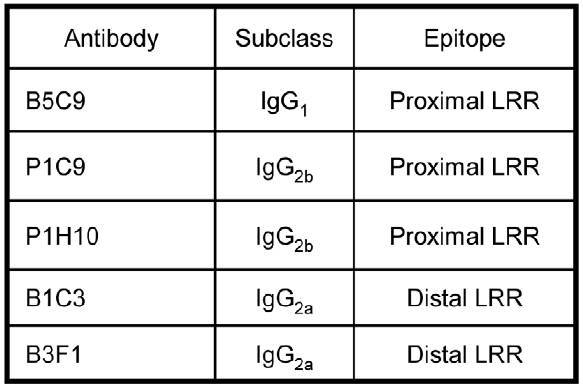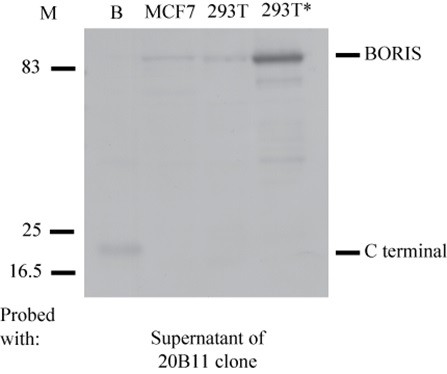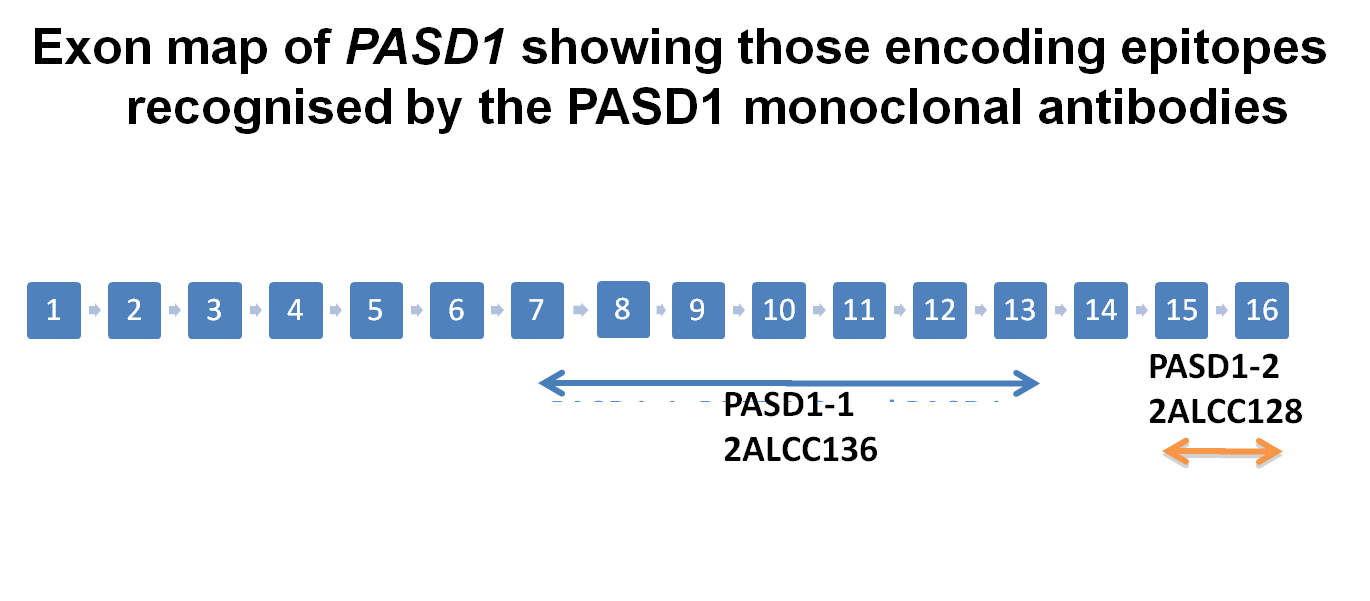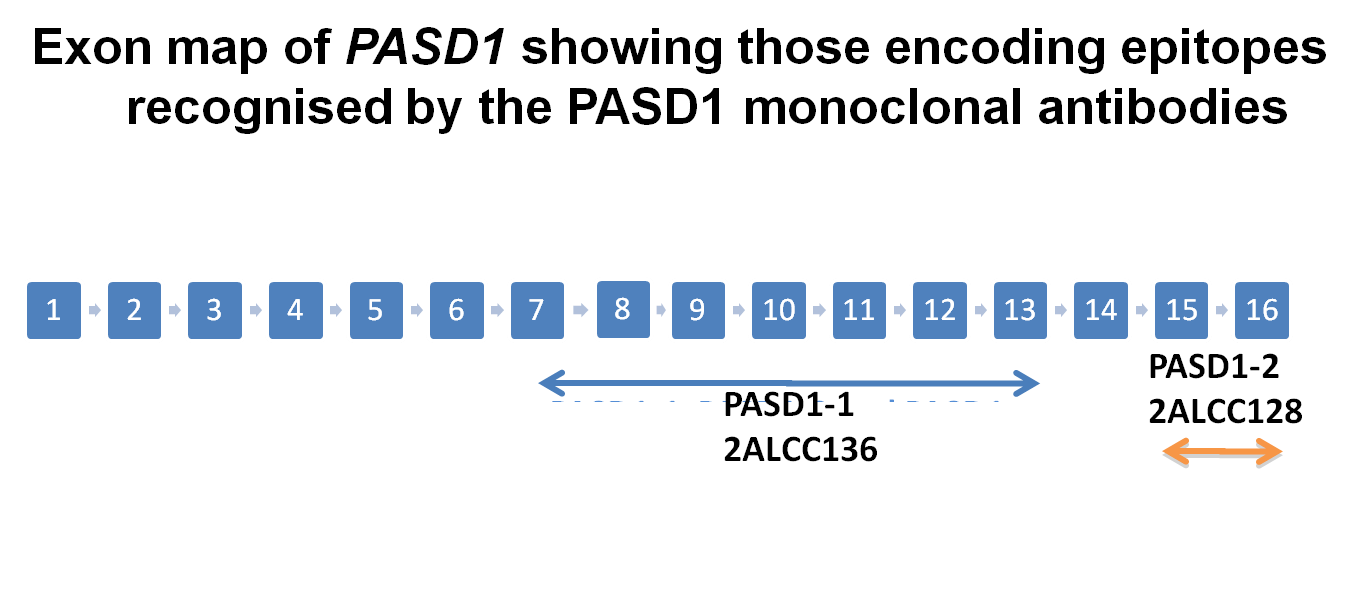Tumour Antigens Blog Post
[…] Our offering includes antibodies targeting tumour-specific antigens (e.g., oncoviral antigens and neoantigens), tumour-associated antigens (e.g., cancer germline antigens), as well as tumour markers, including those for tumour characterisation and supporting diagnosis. References […]

